International Day of Women and Girls in Science
11 February 2021 — There are many wonderful female scientists working in the field of astroparticle physics and to celebrate the International Day of Women and Girls in Science we introduce some of them here:
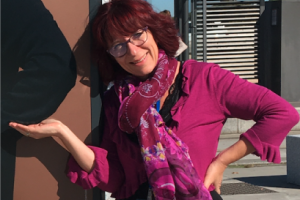
Corinne Augier
Being a woman and an astroparticle physicist today comes with responsibilities to the next generation, so that in the near future it will no longer be necessary to specify that you are a woman of science. As a dark matter researcher and university professor, I have at heart to show young people that science needs them regardless of gender.
Corinne Augier, IP2I and University of Lyon, France
Corinne Augier, IP2I and University of Lyon, France
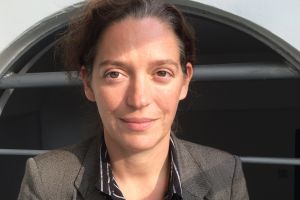
Stéphanie Escoffier
Our Universe contains only 5% ordinary matter, while the remaining 95% lies in dark matter and dark energy that we know nothing about. That’s what I like in science, formulating hypotheses, confronting them with observations, in order to understand a little better the world we live in.
It is important that women participate and be recognized in the discovery processes that take place in science, and I hope that tomorrow there will be as many women Nobel Prize winners as men.
Stéphanie Escoffier, CPPM and Aix-Marseille University, France
Stéphanie Escoffier, CPPM and Aix-Marseille University, France
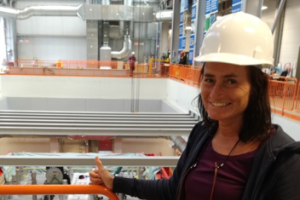
Chiara Vignoli
I participated in different astroparticle physics experiments in Gran Sasso underground laboratory
and I always had relevant roles and responsibilities in my work. To my experience our community is full of enthusiasm, open minded and gender balanced.
Chiara Vignoli, INFN LNGS, Italy
Chiara Vignoli, INFN LNGS, Italy
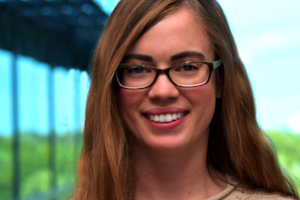
Sarah Caudill
I am so thankful to have had an amazing female role model in Professor Gabriela Gonzalez, who took a chance on me as a graduate student. Now I am aspiring to be a mentor and role model to the next generation of female scientists, just as Gaby was for me.
Sarah Caudill, Utrecht University and Nikhef, The Netherlands
Sarah Caudill, Utrecht University and Nikhef, The Netherlands
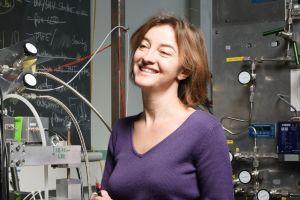
Laura Baudis
My research aim is to reveal the fundamental nature of dark matter and of neutrinos. I am happy to see many young, brilliant women in astroparticle physics today. Nonetheless, the gender imbalance in our field remains profound, and we must work hard to remove the barriers that prevent a large fraction of society from participating in our exciting discipline.
Laura Baudis, University of Zurich, Switzerland
Laura Baudis, University of Zurich, Switzerland
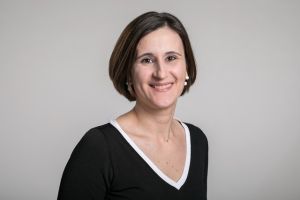
Federica Petricca
Working in the field of Dark Matter search is both challenging and rewarding. I really like what I’m doing – but I will be very happy when being a woman in science will be so normal that the “International Day of Women and Girls in Science” will not be needed any longer!
Federica Petricca, Max-Planck-Institut für Physik, Germany
Federica Petricca, Max-Planck-Institut für Physik, Germany
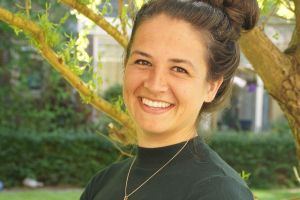
Rasa Muller
Who doesn’t want to understand the world, and the whole universe around us?! Science is fun, it arouses curiosity, and can improve the world around us no matter the background or gender of the scientist. Let’s make every day an International Day of Women and Girls in Science!
Rasa Muller, University of Amsterdam and Nikhef, The Netherlands
Rasa Muller, University of Amsterdam and Nikhef, The Netherlands
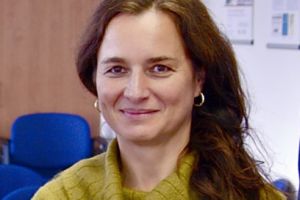
Martina Bohacova
I have no time to make statements, because I am busy convincing my male colleagues that I can do things.
Martina Bohacova, Institute of Physics, Czech Republic
Martina Bohacova, Institute of Physics, Czech Republic
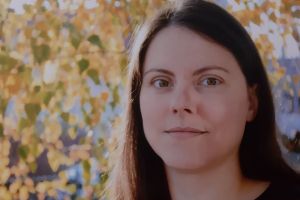
Edit Fenyvesi
Since my childhood, I have had a lot of questions about the Universe. As a physicist now I can look for the answers through studying gravitational waves, which are generated during cataclysmic processes such as the collision of two black holes billions of light years away.
As a member of the Virgo Collaboration I have the opportunity to take part in the operation of the Virgo gravitational-wave detector, one of the instruments which can detect gravitational waves.
Edit Fenyvesi, Wigner Research Centre for Physics, Hungary
Edit Fenyvesi, Wigner Research Centre for Physics, Hungary
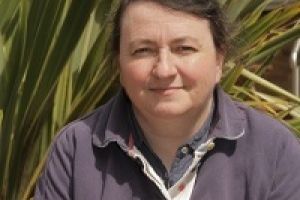
Paula Chadwick
I can’t remember a time when I wasn’t fascinated by science, but I think it was the Apollo missions which really got me interested in astrophysics. I got my first telescope when I was 7 years old, not long after Neil Armstrong set foot on the Moon. Then, at university, I was introduced to particle physics and became interested in that too – astroparticle physics is a great way to combine the two subjects!
Paula Chatwick, Durham University, UK
Paula Chatwick, Durham University, UK
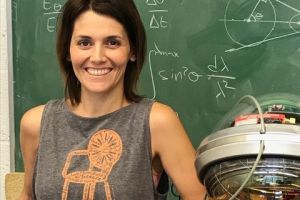
Simona Toscano
Since my childhood I knew I wanted to be a scientist, an astronomer actually. I was fascinated by the night sky, but I wanted to explore new ways. That’s how I ended up working in astroparticle physics, and lately in radio detection of astroparticles coming from the most energetic sources in our Universe. Science is moved by passion and passion doesn’t know about gender.
Simona Toscano, Université Libre de Bruxelles, Belgium
Simona Toscano, Université Libre de Bruxelles, Belgium
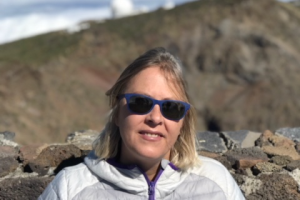
Teresa Montaruli
I love the observation of the Universe and doing it from the most amazing places on the Earth! As well I like the experimental aspect of the instrumentation and data processing that we can invent around these observations.
This interest brought me under the Mountain of Gran Sasso, in the National Laboratories dedicated to rare event measurements, under the sea in front of Marseille with ANTARES neutrino telescope and then in the ice of the South Pole for the most amazing experience of IceCube.
Nowadays, gamma-ray astronomy is strongly emerging and guiding the opening multi-messenger field with precise observation of cosmic sources.
The field of multi-messenger is open to diversity in a very broad sense, from diversity of topics from geo-science to intersections with nuclear, plasma and particle physics, and also in a sociological sense.
Teresa Montaruli, University of Geneva, Switzerland
Teresa Montaruli, University of Geneva, Switzerland
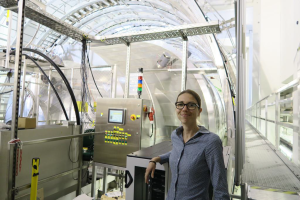
Kathrin Valerius
As an undergraduate student, I had a difficult time deciding for a topic to specialise in for my thesis project. I liked astrophysics and elementary particle physics equally and was hard pressed to pick either one. Astroparticle physics turned out to be the perfect spot for me – right at the intersection of both fields, with a vibrant community encouraging and supporting early-career researchers. Many years later, I am still very happy with the path I chose and enjoy the exciting research opportunities from neutrino properties to the elusive dark matter.
Kathrin Valerius, Karlsruhe Institute of Technology, Germany
Photo Credit: A. Chantelauze/ HAP
Kathrin Valerius, Karlsruhe Institute of Technology, Germany
Photo Credit: A. Chantelauze/ HAP
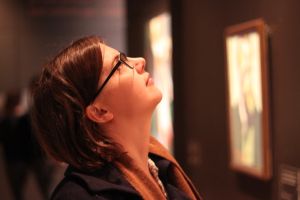
Gwenhaël de Wasseige
Science doesn’t care about scientists’ gender, it only cares to be understood.
Society still cares, but together we can make a change.
Gwenhaël de Wasseige, APC and Université de Paris, France
Gwenhaël de Wasseige, APC and Université de Paris, France
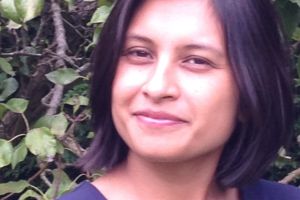
Samaya Nissanke
I have to pinch myself when I wake up to my job as a physicist everyday — it is such a privilege to think and to get to solve puzzles about the Cosmos in this exciting and rapidly changing era of multi-messenger astronomy. With so many new facilities and telescopes coming online, I am optimistic that the scientific community must and will become more inclusive and that the beauty of astroparticle physics can be shared with a new generation of scientists from diverse backgrounds and origins who will bring creative and original ways of thinking and problem solving.
Samaya Nissanke, University of Amsterdam, The Netherlands
Samaya Nissanke, University of Amsterdam, The Netherlands
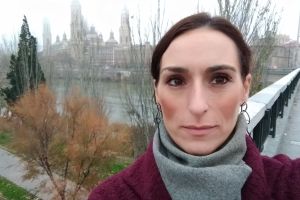
Susana Cebrian
I work in experiments devoted to the direct detection of dark matter and the investigation of neutrino properties. I think this is a real privilege but also a huge responsibility. I enjoy sharing this beautiful task with many other women and of course also with men, I feel we are all colleagues.
Susana Cebrian, University of Zaragoza and Canfranc Underground Laboratory, Spain
Susana Cebrian, University of Zaragoza and Canfranc Underground Laboratory, Spain



